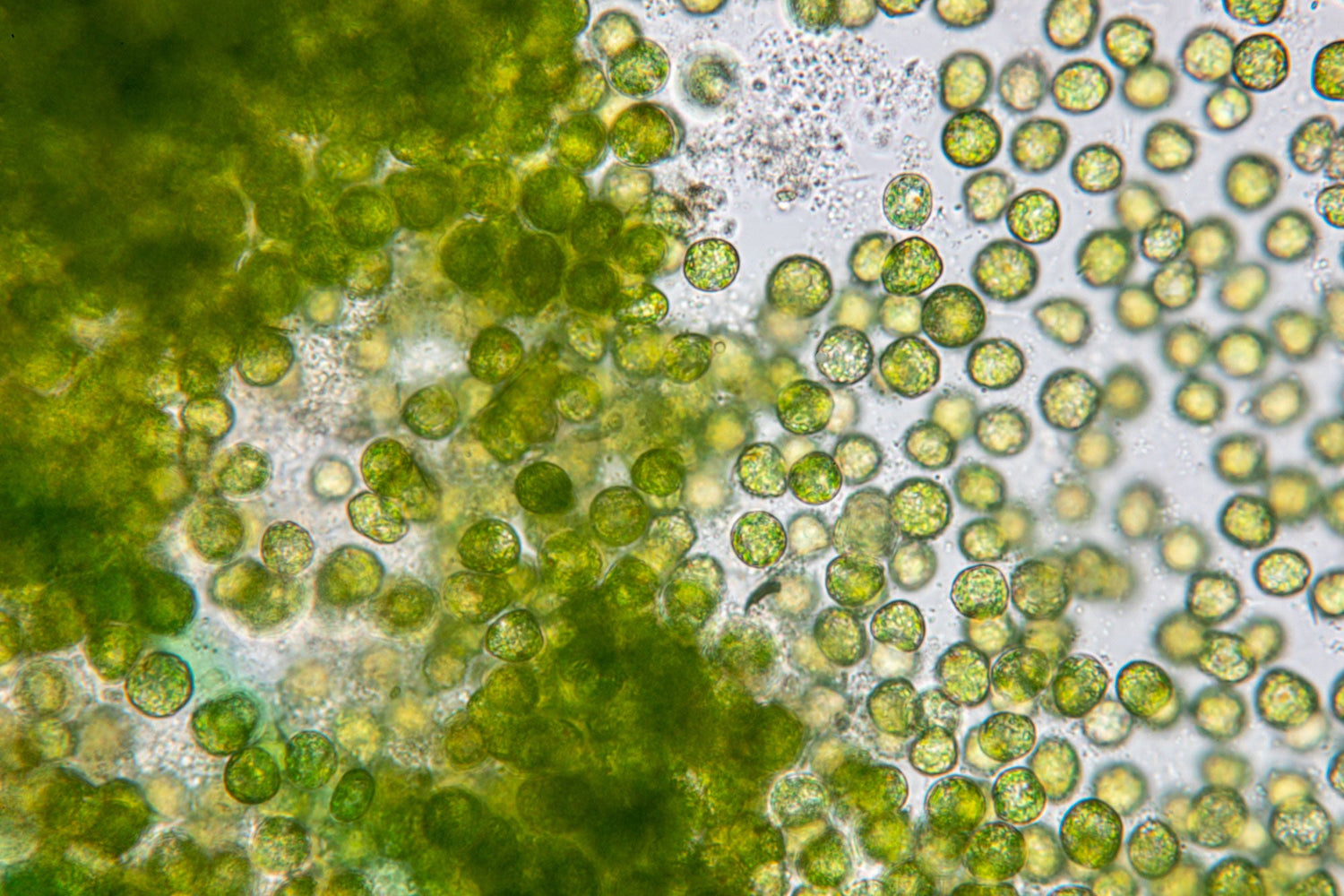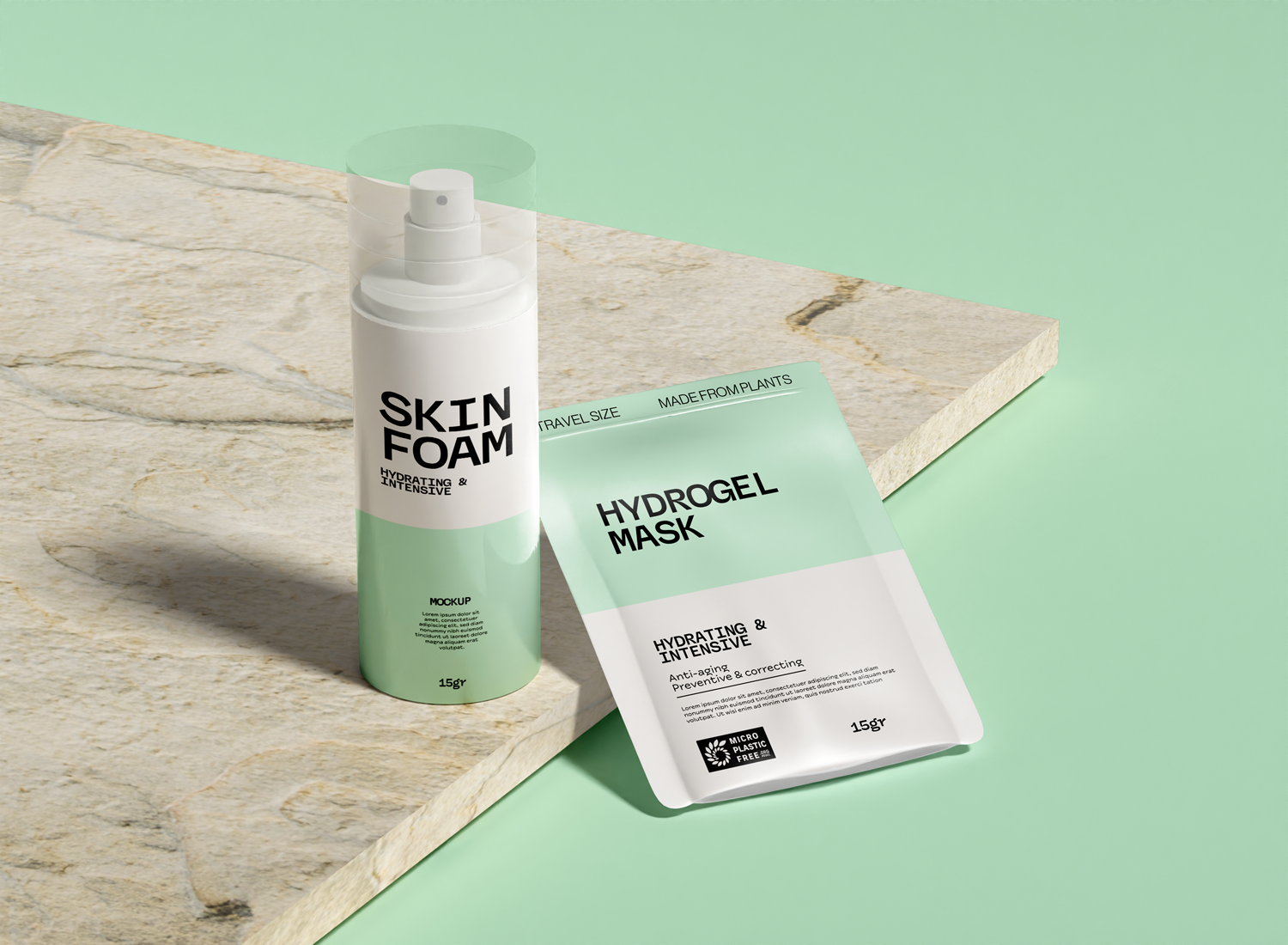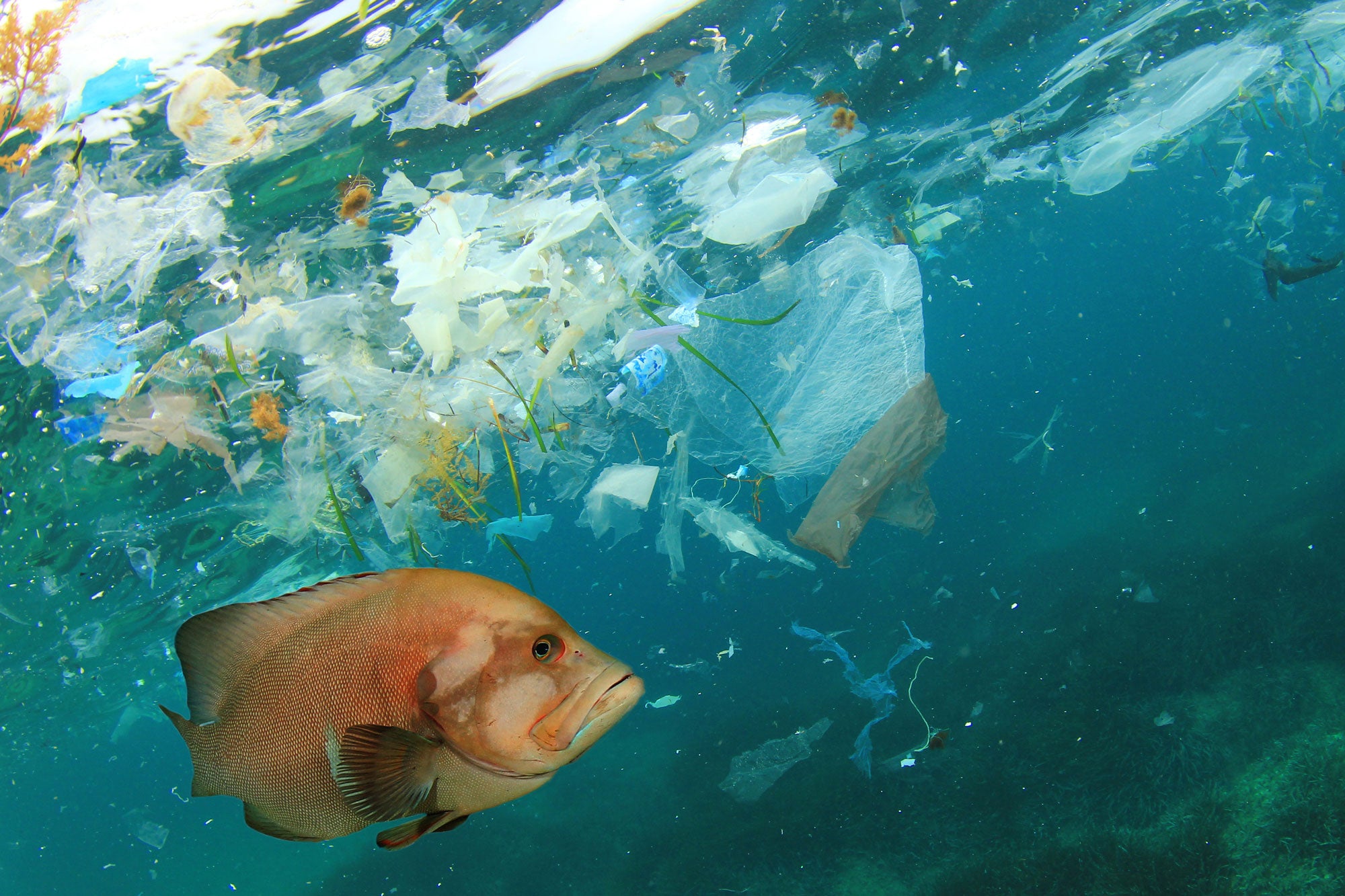Microplastics, tiny plastic particles less than 5mm in size, have become a significant environmental concern due to their widespread presence in ecosystems and potential impact on wildlife and human health. One of the most alarming aspects of microplastic pollution is its ability to infiltrate the food chain. In this blog post, we will explore the journey of microplastics from pollution sources to the food chain, examine the potential risks they pose, and emphasize the importance of microplastic-free products.
The Journey of Microplastics into the Food Chain
Microplastics originate from various sources, including the breakdown of larger plastic debris, microbeads in cosmetics and personal care products, synthetic textiles, and tire wear. These tiny particles can be carried by wind and water, eventually finding their way into aquatic and terrestrial ecosystems.Once in the environment, microplastics can be ingested by organisms, starting with the smallest creatures like zooplankton, which mistake them for food. As larger animals consume smaller ones, microplastics can accumulate in the food chain, eventually reaching top predators and humans.
Potential Risks to Wildlife and Human Health
The accumulation of microplastics in the food chain poses potential risks to both wildlife and human health. Ingested microplastics can cause physical harm to organisms, obstructing their digestive systems and leading to starvation. Additionally, microplastics can act as carriers for harmful contaminants such as heavy metals and persistent organic pollutants, which can be absorbed by organisms and cause further damage.For humans, consuming food contaminated with microplastics may lead to the ingestion of harmful chemicals, with potential long-term health effects. Although research on the impact of microplastics on human health is still in its early stages, the precautionary principle suggests that minimizing exposure is the best course of action.
The Importance of Microplastic-Free Products
To protect both wildlife and human health, it is crucial to reduce microplastic pollution at its source. This can be achieved by supporting microplastic-free products, which ensure that 100% of their components break down into fundamental building blocks and do not contribute to microplastic pollution. By choosing products with a Microplastic-Free certification, consumers can be confident that they are making a positive impact on the environment and reducing potential risks to the food chain.



Leave a comment
This site is protected by hCaptcha and the hCaptcha Privacy Policy and Terms of Service apply.